Impact Driver vs Drill – All You Need to Make Right Choice
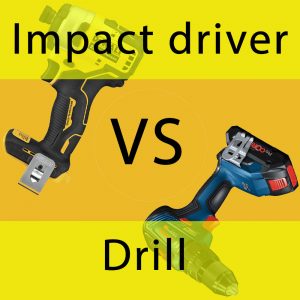 I use a DeWalt tool as a drill and driver for my regular activities. It is a regular drill without hammer function. Nevertheless I like my impact driver and few years ago I only used it. The reason is that each tool has its own advantages. In this article, we will discuss and determine the winner of the Impact Driver vs Drill competition for specific jobs.
I use a DeWalt tool as a drill and driver for my regular activities. It is a regular drill without hammer function. Nevertheless I like my impact driver and few years ago I only used it. The reason is that each tool has its own advantages. In this article, we will discuss and determine the winner of the Impact Driver vs Drill competition for specific jobs.
Table of Contents
Impact driver vs drill
Impact driver
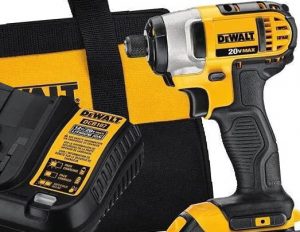
Impact drivers are high-torque machines primarily used for tightening nuts and driving screws. You can use only ¼-inch hex shank in their chuck. But bit change is fast and simple, you either just slip the bit or pull up on the chuck sleeve and put the bit there.
Impact drivers are smaller and lighter than drill drivers and though they are not as versatile, the torque output is much higher and they get through work more quickly.
Generally the impact driver is for work with screws and it is very superior especially for commercial contractors who do it all day.
Drill
Impact drivers nevertheless are not universal choice.
They make noise and clients often ask to be quiet. Plus, I find it may do too much damage when using it. They don’t give proper feel when screws biting in, and too much power.
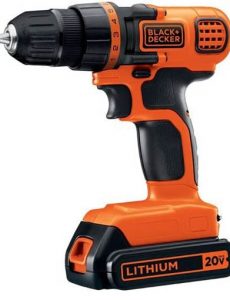
An impact driver is a little similar to a hammer drill, BUT hammer oscillates the drilling action towards the surface into which a drill bit is driven. An impact driver produces the rotating force parallel to the surface into which the fastener is driven. So hammer drill vs impact driver problem is incorrect.
A drill is a more versatile tool. You can use it for both making holes and driving screws. In its chuck you can fix hex bits and conventional drill bits. The drill generates a constant torque that is easy to control to work with small screws and drywood.
At the same time, a drill is a continuous drive device. So, you have to resist with your arms all the torque applied to screw. An impact driver is not continuous drive makes interrupted, short, rotational impacts. Therefore, when you drive a large screw, the driver twist your arm off much less. This is very good for bolts and screws, but bad for Forstner and spade bits, hole saws and large drill bits.
Power drill vs impact driver
Using drill or impact driver mostly depends on the task you got to go through. If you are driving any kind of screw the first thing you should reach for is the cordless impact driver. It gives a “rata-tat-tat” as they torque into the fastener. This process performs high turning power in a small package with less stripping of fasteners then it’s common with drills. Moreover much less torque from the tool is transferred to your hand.
The impact driver has big advantages
- Bit usually stay in screw head better and it doesn’t jump out
- Impact won’t twist the arm like a power drill will. Running an impact all day is much easier on the elbow and wrist than using a drill
- When driving large screws depth control is much easier with the impact than
and few cons
- The impact is much noisier and for work all day long you need to use ear protection
- When working with small screws and drywall it’s easier to work with a drill
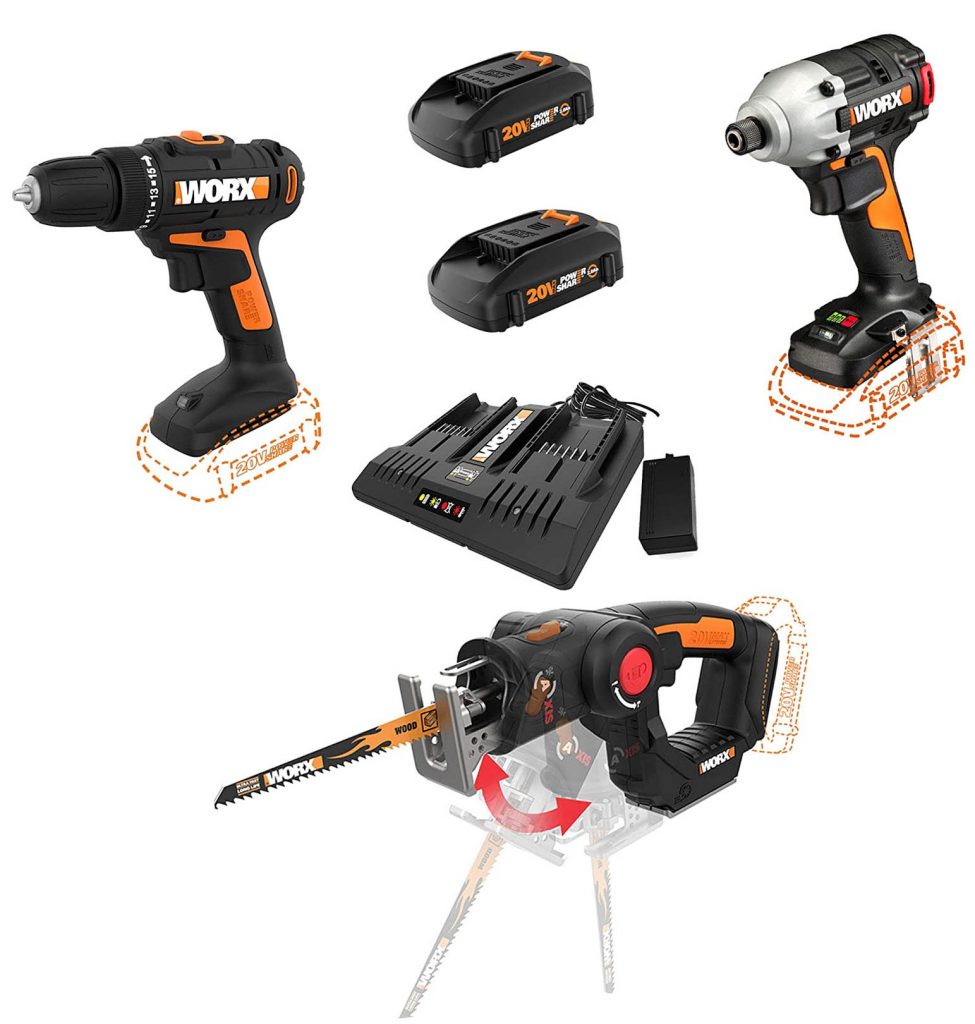
For occasional use the drill is much more versatile and convenient. You may use it for just about everything, and nobody will ever complain about the noise. You can carry a set of screwdriver bits, good HSS drill bits, spade bits and it will cover pretty much anything.
Also, be careful not to let the bit slip when starting the tongue-tites – it’s a tiny tip and rotating clockwise will dig itself into your thumb (which will be holding the screw) before you’ve even realised what’s happened.
If your floor is engineered then pilot-holes won’t be needed as you’ll be going straight into ply on the tongue.
If you need to work with large holes, compact hammer drill with an anti-kick shutoff so it doesn’t twist your wrist off if it binds on something.
Cordless drill vs impact driver
If you are professional contractor, you need both. As an example, when working with solid wood floor you need to pre-drill smalla pilot holes for tongue-tites. Constant swapping from drill bit to torx bit is just a headache. But if you can only have one then a tool like Makita drill/driver combo will be far more versatile. It’s quite cheap to get a second bare machine so you can easily upgrade to having both.
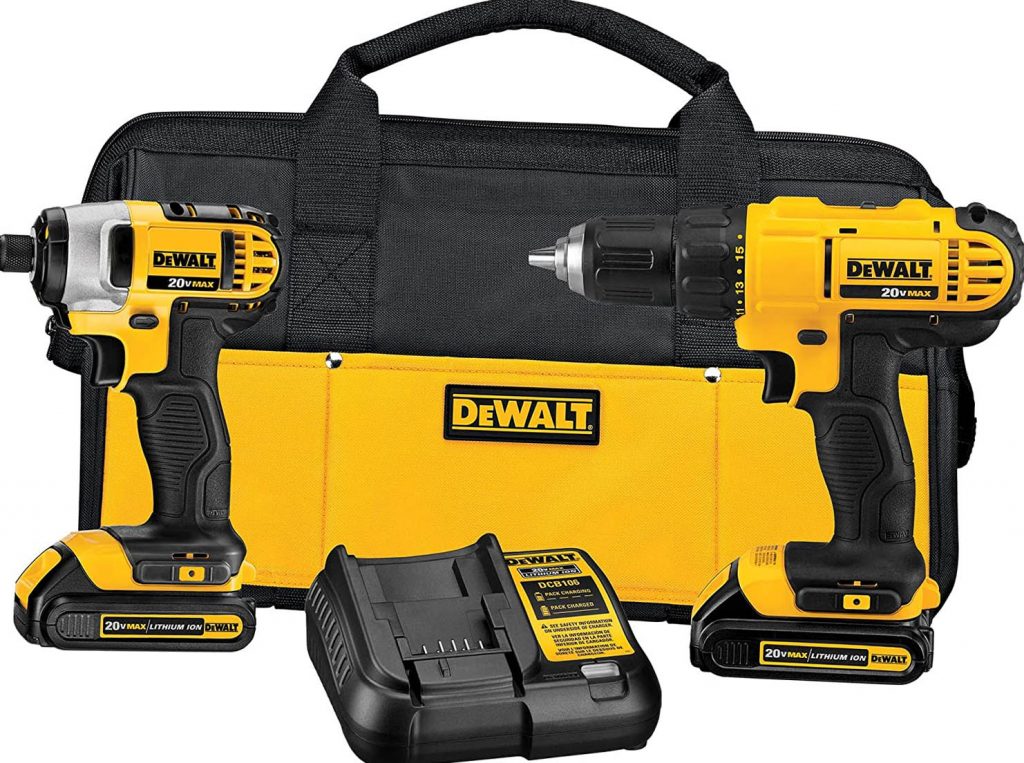
An impact driver is great for screwing in screws but not much good for anything else. It has a female hex and has an impacting action, even with a hex shaft drill bits impact driver is not nearly as good for drilling as a drill.
Guys who carry tools with them often want to carry a compact drill as it’s versatile tool. But the impact in the same case gives you a lighter weight device to drive screws.
Conclusions
I can’t imagine professional woodworker using a drill to drive screws these days. And I did for years until I used my first impact. Sometimes I even use my drill driver to make a hole with a quick change drill bit.
- But in general, the undeniable and obvious advice is to use the right tool for each task.
- Use a drill to make holes
- When removing screws, I use an impact unless it’s likely the head will strip, then I use a drill driver.
- If the noise is a problem, get a fluid drive impact.